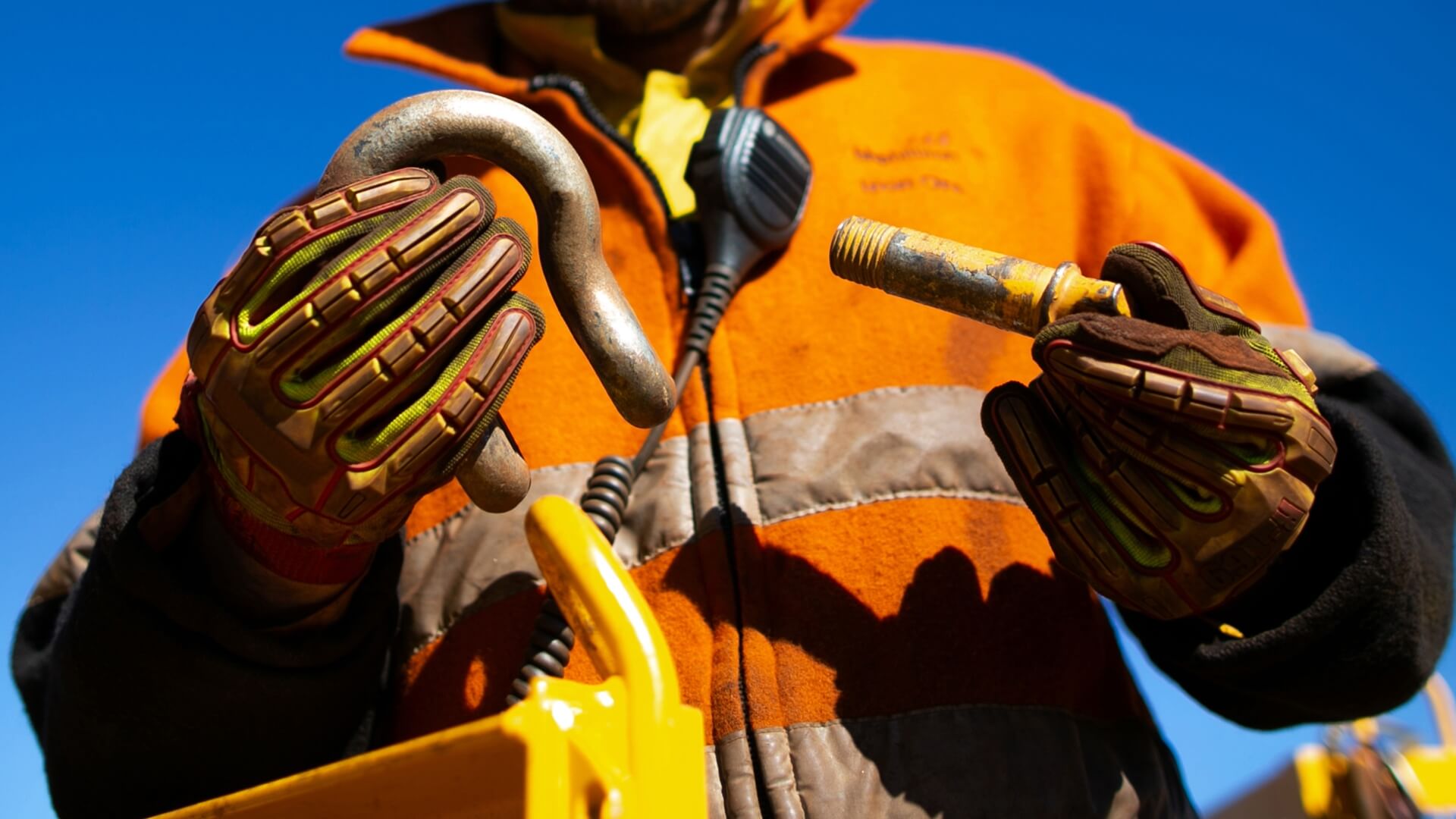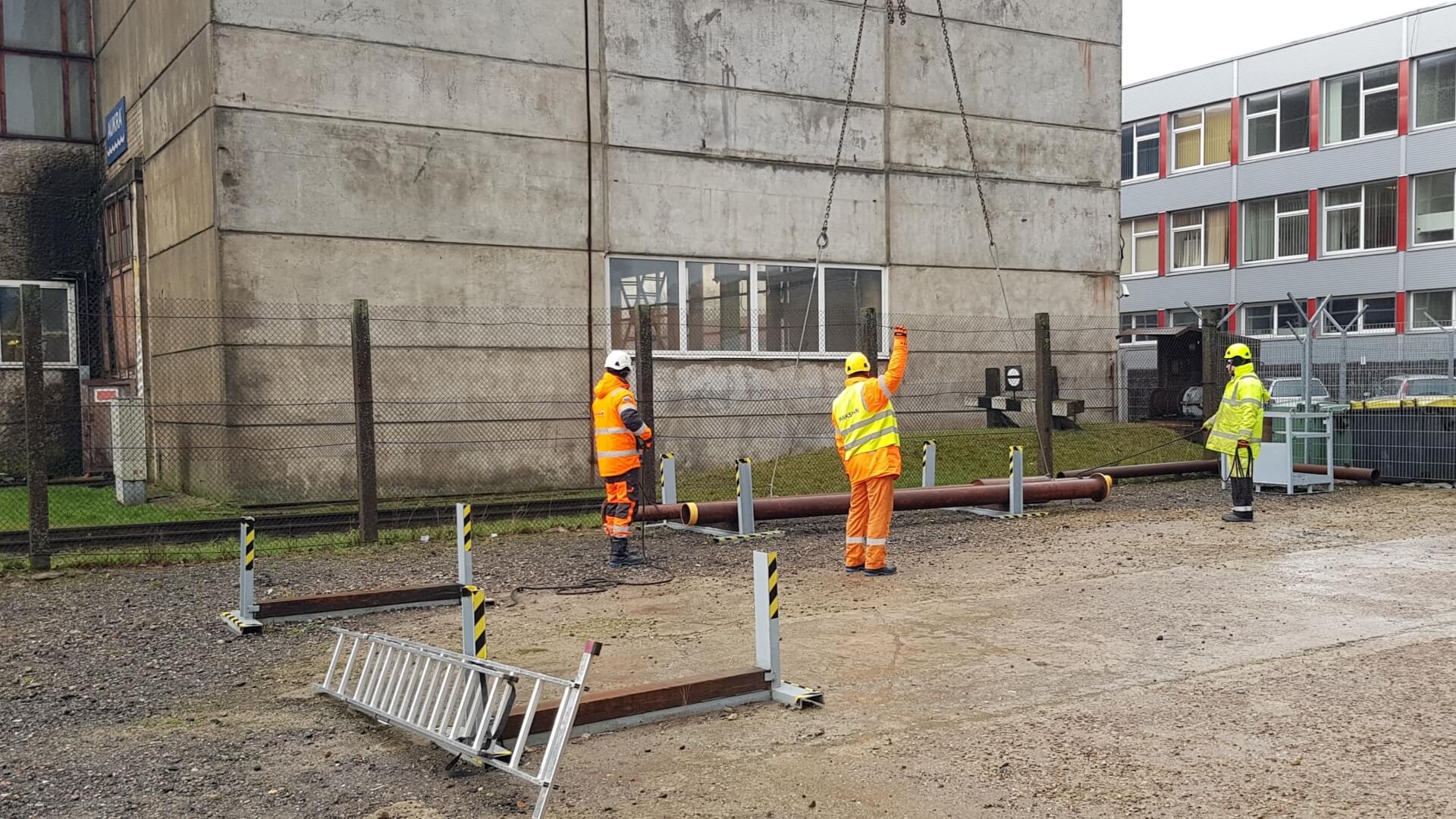The construction industry typically involves the use of heavy machinery and materials. Sacks of cement, prefabricated walls, frames, and other materials, must be lifted, transferred, and secure hefty building components. Additionally, workers need to move up and down the structure to build, check, and monitor it.
Apart from cranes, excavators, and backhoes, shackles make most construction works possible. This essential construction material comes in various shapes and sizes depending on specific needs. Generally, contractors attach shackles to ropes, slings, and other lifting or hoisting devices.
Shackles come in different types and designs that meet specific construction requirements. Discover how they’re being used to ensure safe and quick structure assembly.
1. Rigging Heavy Objects
Rigging refers to moving, putting down, or securing a load using appropriate construction machinery. This activity involves using shackles, hoists, winches, and cranes to carry a load. Construction staff often hire riggers and dogmen familiar with the 3 simple shackle safety steps to facilitate load transfers, as it can be a challenging activity for newbies. These workers are skilled professionals who consider several factors before coming up with the easiest and safest solutions to move massive construction objects.
2. Towing
This activity involves attaching or positioning heavy objects to another vehicle so they can be pulled. Towing may involve heavy construction equipment, vehicles, or construction workers. These workers use pulling materials such as a rope, bar, chain, or coupling to keep the objects in place while being pulled. Most often, contractors use a tow truck or a wrecker. Shackles are attached to these materials and vehicles to enable heavy hauling activities.
3. Lifting
Multi-level construction projects typically involve a lot of heavy lifting. As far as the sector is concerned, lifting operations cover not only taking materials and people up but also lower loads. These construction tasks can be done using manual or mechanical equipment. Lifting also includes transporting materials from their source to the project sites or other places where they’re processed, as is the case for the assembly points of pre-fabricated materials. In such instances, shackles are attached to vehicles like cranes and other construction machinery, platforms, and similar lifting materials for safe handling.
4. Hoisting
A hoist is a device that raises and lowers objects and sometimes one or two persons. This construction tool relies on a pulley system and can be manually or electronically operated. Chains or ropes are used to lift loads, while shackles and lifting hooks are attached to keep them secure. Bigger hoists, called construction lifts, feature a platform and are attached to a vehicle.
5. Securing Structures
Tie-down activities refer to strategies aimed at keeping structures in place. Brackets are often used in building construction to prevent excessive movements during violent storms. In addition, shackles are also used to attach roof rafters and other sections to a beam. The purpose of tie-down is to anchor the roof to the wall frames and the concrete base.
To further understand how shackles are used in the construction industry, it’s crucial to know their essential parts discussed below.
Parts Of A Shackle
Shackles may look the same, but different types work best for each of the abovementioned functions. Before using them, it’s crucial to identify the parts of a shackle:
- Ears- The section that supports the shackle pin.
- Clearance Pin- This steel bolt runs the lengths of two ears.
- Bow Or Crown- Also called the bail, dee, or body, the bow refers to the curved section of the shackle that often sits opposite the pin.
- Shoulder- Part of the pin that gets in contact with the ear when the shackle is locked.
Primary Types Of Shackles
Additionally, several types of shackle may be used in construction projects, such as:
- Bow Or Anchor Shackles: This metal attachment can be identified through its distinct O-shaped crown. They’re best used in multiple sling connections or side loading because they can support various angled and heavier loads. These shackles are also utilized in rigging activities.
- Chain or D Shackles: Unlike their counterparts, chain shackles have a D-shaped bow. However, chain shackles aren’t helpful in side loading and are best used when the load’s center of gravity is aligned with the center of the shackle.
Shackle pin types also differ based on their purpose. For instance, screw pin shackles are best for rigging or pick and place tasks and for temporary installations. Meanwhile, bolt types are more secure and can withstand activities that may rotate the shackle due to excessive load movements. Round pin shackles are the top choice for towing, tie-down, and suspension activities, but they’re not recommended for side loading or multiple-leg rigging applications.
Conclusion
The construction industry is one of the primary sectors benefitting from shackles as materials and contractors are often secured, rigged, and hoisted using these materials. Similarly, these construction devices provide a reliable connection between lifting devices and the load in question. They provide easy lifting, towing, rigging, and hoisting solutions. Shackles also come in different types depending on the load weight, activity, and the angle of the slings or ropes being used. Such material enables workers to finish projects on time and with fewer mistakes.


































